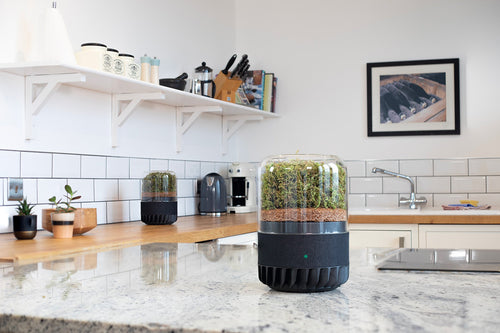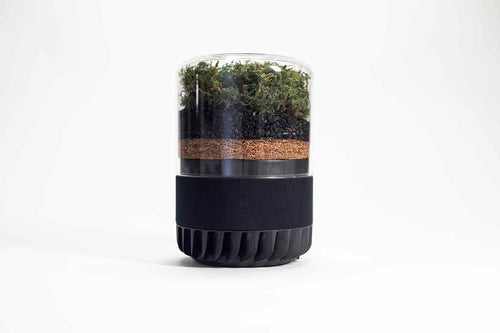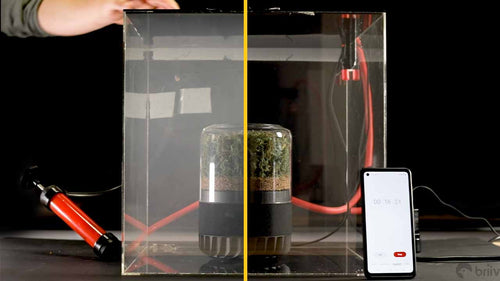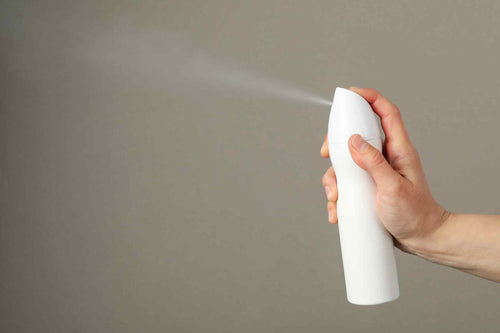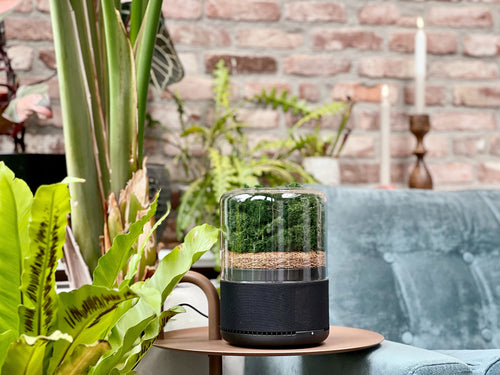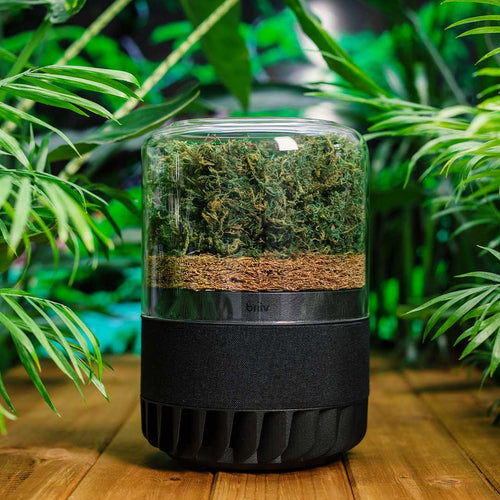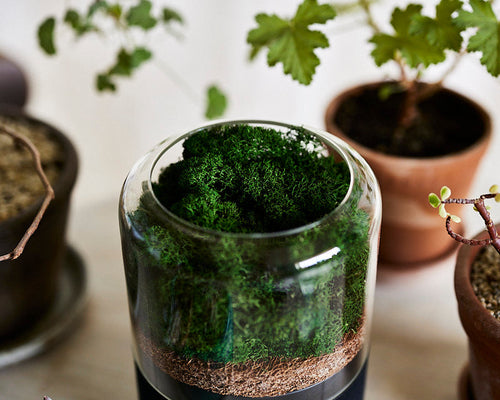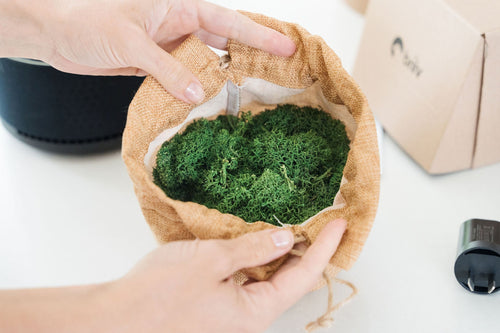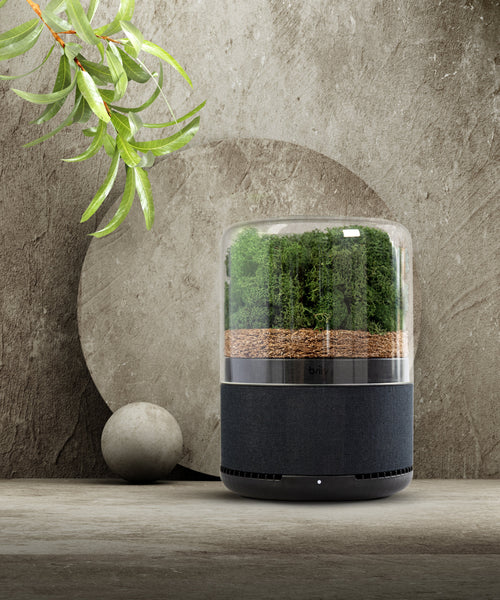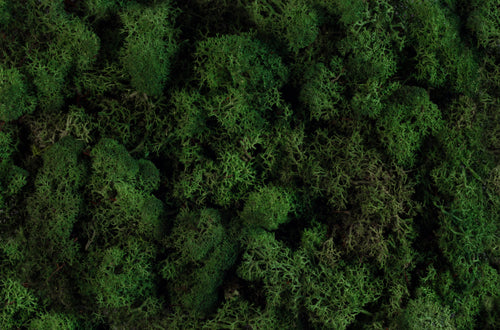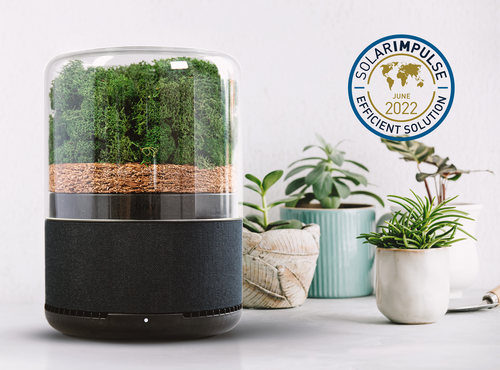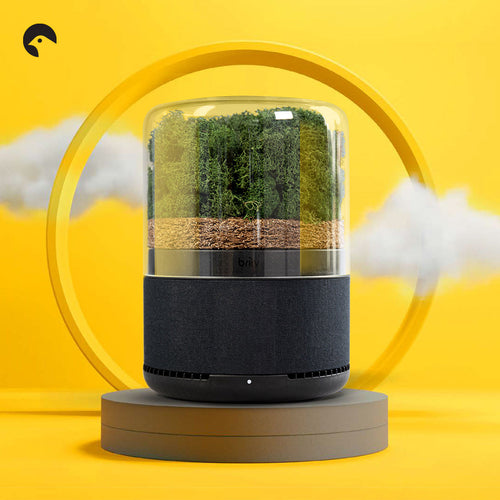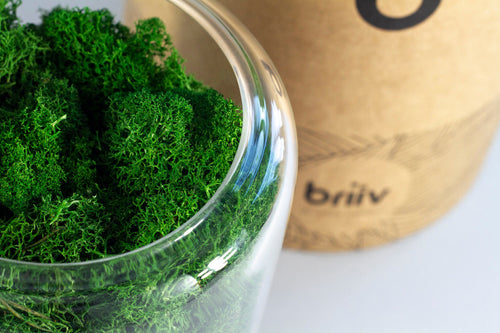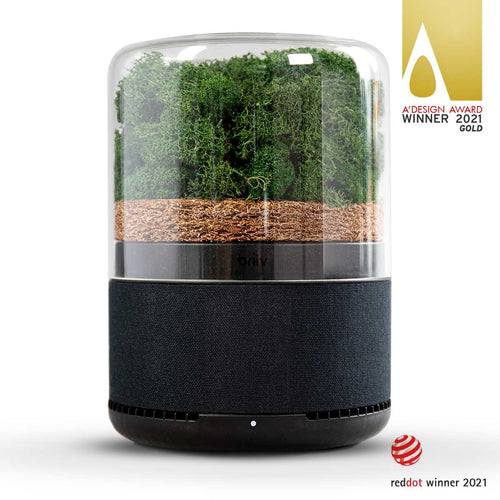
Why Your Home Smells (And How to Remove Odours Naturally with Activated Carbon)
There’s nothing worse than coming home after a long day to musty odours and dour smells in your home. From cooking or pets to the rubbish bin that you meant to take out this morning, odours in the home are just a side-effect of life, but that doesn’t mean you can’t banish the bad smells and get your space smelling like a luxury oasis with just a few simple strategies.
Keeping your air clean not only smells better, it’s also better for your health and wellbeing. You don’t have to resort to chemicals and aerosols to get rid of bad smells either; you can remove odours and clean your air with natural remedies like activated carbon for a fresh smelling home.
What Causes Indoor Odours (And How to Identify Them)
Indoor odours are caused by a mix of organic matter, VOCs (volatile organic compounds), moisture, and life’s general messiness. They will occur no matter what we do, but that doesn’t mean removing them has to be hard. Identifying what’s causing the smells is the first step to eliminating them from your space.
-
Pets
Your beloved pets’ natural smells, tanks, or perhaps even the litter tray can often leave persistent odours that can be difficult to keep on top of. Ensuring your pet and their space is cleaned regularly can go a long way towards keeping your furry friend’s stink from taking over!
-
Cooking
Cooking is also a source of lingering odour. You don’t have to be cooking with garlic or fish for the smell of your dinner to take over the kitchen, and while this can be enticing just before you eat it’s not always something you want to sit with all evening.
-
Damp
Mould or mildew can create musty smells in the home, and can crop up in damp areas like bathrooms, basements, or kitchens. -
Rubbish
Rubbish bins, sinks, waste disposal units, even the dishwasher can harbour old food particles that start to get stinky. Keeping these areas clean and dry can dramatically reduce foul odours from floating around your home.
Why Do Odours Linger in the Air? (VOCs Explained)
Scents and stenches, both good and bad, often stick around and linger even when we don’t want them to. But what is it that makes these bad smells so persistent?
In short, it’s mostly VOCs (or volatile organic compounds). These are a group of compounds which are emitted as gasses from all kinds of everyday products, from cleaning products to new carpets! ‘Volatile’ just means they evaporate at low temperatures, which means they become gases in the air that can linger and be detected by our noses.
‘VOC’ is a broad term to cover a group of substances with similar chemical properties, and as such they can have varying effects on our space and health. It is important to be aware that some VOCs can be damaging, and in general it’s ideal to limit exposure to VOCs where you can. Not all odours are VOCs, as some inorganic compounds can also be responsible for smells (like hydrogen sulphide or ammonia!).
Ultimately, compounds which are ‘off-gassed’, or released into the air, can be detected by our noses, and even if the source of the smell is removed these stinky gasses can still linger. This means that to stop the stench, both the source and the gaseous compounds need to be removed.
How to Reduce and Remove Odours Indoors
Luckily for us, treating the source of odours can be fairly simple! Keeping areas in the home fresh with regular cleaning (especially of those culprits listed above) can stop smells at the source, and keeping on top of them means they’re less likely to stick around.

If you didn’t quite catch the culprit in time, you may find that the smells linger even after you’ve cleaned. To remove the foul-smelling gasses, you may need to step it up a gear. Ventilation is great (and is important for your home’s health anyway!), and cracking the windows offers a quick solution. If you really want to tackle the stinky smells, an air purifier with an activated carbon filter is a great way to banish the odours for good.
What is Activated Carbon and How Does it Remove Odours?
Activated carbon is a material that uses a process called adsorption to remove organic compounds from the air. It’s made by treating a high carbon-containing material, like wood or coconut shells, under high heat to make it porous. This porous structure increases the surface area of the activated carbon, meaning there’s more space for the adsorption to take place.

Adsorption is the process where molecules or atoms accumulate on the surface of a substance and are held there by intermolecular forces. Basically, the surface (in this case the activated carbon) holds on to the molecules (the smells), which takes them out of the air. No more odours!
Because it all happens on the surface, the increased surface area of activated carbon makes it great for adsorption. It has a surface area over 1000m2/g. This means that a teaspoon of activated carbon can have the surface area of a football field!
Conclusion
Odours are a fact of life, but they don’t have to take over your home and your nose. By understanding where smells come from and using natural, effective solutions like activated carbon, you can enjoy clean, fresh air wherever you are.
Whether it’s your kitchen or your living space, a few smart habits, and the help of an activated carbon air filter, can make a world of difference. And your nose will thank you.











